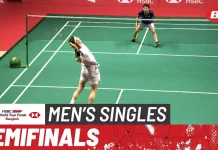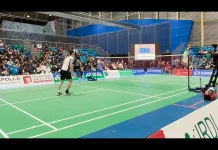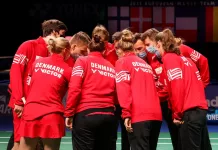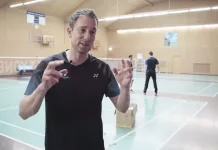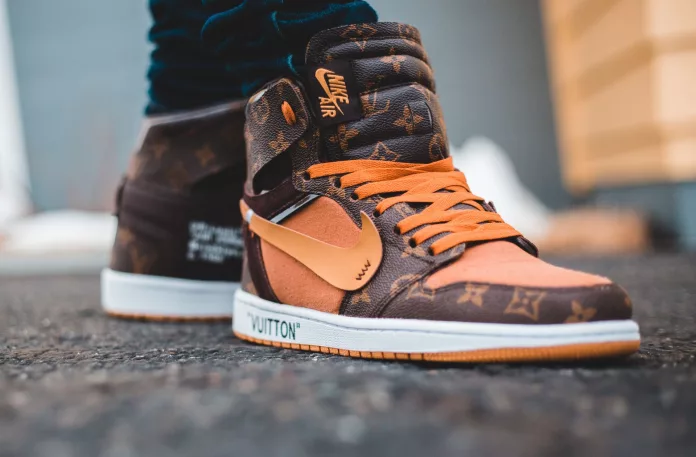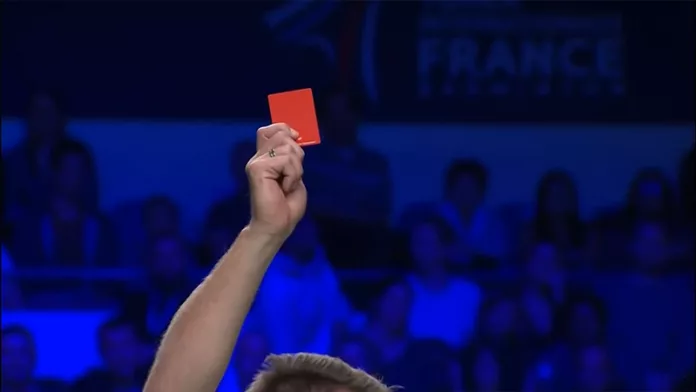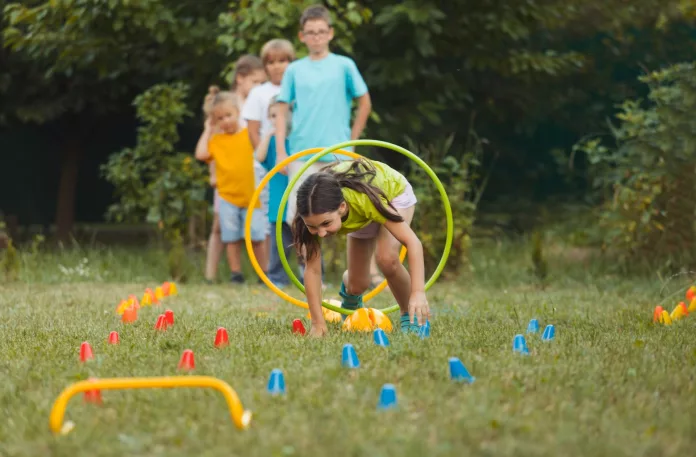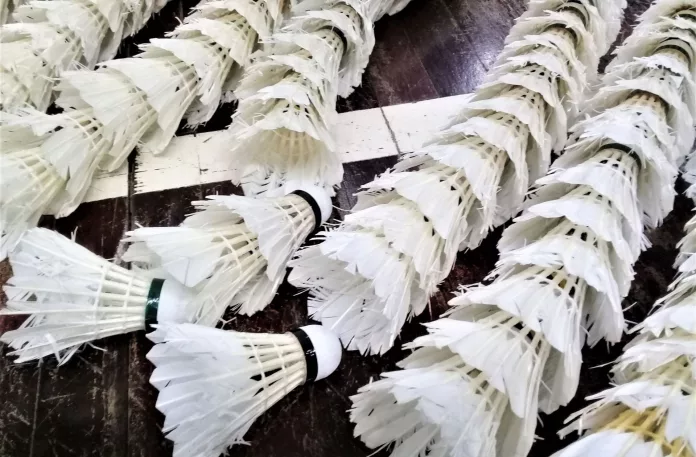Biceps training or not? Understanding which parts of your body to focus on when training specifically for badminton is important. This expert article helps you understand how to deal with your biceps from a badminton training point of view.
Muscle development in badminton is not about the size of the muscle, but about strength, power, agility, and efficiency. That said, playing badminton well depends on your ability to make many muscle groups work together.
In short, you do need to do some training to strengthen your biceps, but your ultimate goal is probably not to get bigger biceps.
The biceps are also known as biceps brachii (see Wikipedia). Interestingly, it was Leonardo da Vinci who expressed the original idea of the biceps acting as a supinator in a series of annotated drawings made between 1505 and 1510.
Get the Badmintonspeak newsletter for more stories like this one
Is the strengthening of the biceps important for badminton players?
Are you a badminton player looking to up your game and dominate the court?
While most athletes focus on improving their speed, agility, and endurance, many overlook the importance of building muscle in key areas. But here’s the burning question: should badminton players train to get bigger biceps?
In this blog post, we’ll explore the benefits (and potential drawbacks) of bulking up those guns and whether it’s worth incorporating bicep training into your overall badminton fitness routine.
Get the Badmintonspeak newsletter for more stories like this one
First of all, it’s important to note that strong biceps are beneficial when playing badminton. They help you generate more power behind your shots, and they will also help you with serve quality and consistency. In addition, having stronger biceps can give you the support needed when executing smashes. For these reasons, it makes sense to at least consider incorporating some sort of bicep training into your routine.
Of course, it’s worth mentioning that there is still a lot of debate about the role of bicep training for badminton players.
Some experts argue that bulking up your biceps too much can lead to a decrease in flexibility and range of motion – both of which are essential for badminton performance. So, if you’re planning to include strength training in your program, make sure to focus on exercises that improve mobility as well as strength. This way, you can get the most out of your workouts without putting yourself at risk of injury or overtraining one muscle group at the expense of another.
Ultimately, whether or not you should rely on bicep training as part of your badminton fitness regime is something only you can decide – it depends on a variety of factors, including your current level of strength and skill, your goals, and the time you’re willing to devote to training.
However, it’s important to remember that regardless of how big or strong your biceps are, badminton is still a skill-based sport that requires a range of physical abilities. So if you want to be the best player out there, make sure you also focus on honing your technique and developing the other crucial skills necessary for success in this dynamic game.
Get the badmintonspeak newsletter for more stories like this one
How to train biceps for badminton
There are a few things to keep in mind when training biceps for badminton.
First, badminton players need to have strong grips, so exercises that strengthen the forearm and grip are important.
Second, because badminton involves quick movements and a lot of arm swinging, exercises that build endurance are key. Badminton players need to be able to generate power quickly, so exercises that focus on explosive strength are also beneficial.
One exercise that meets all of these criteria is the farmer’s walk. To do this exercise, hold a weight in each hand with your palms facing your thighs. Walk forward while keeping your shoulders down and your core engaged. You can also do this exercise with just one weight; simply hold the weight in one hand and alternate sides as you walk.
Another good exercise for training biceps for badminton is the chin-up. Grab a chin-up bar with an overhand grip (palms facing away from you) and pull yourself up until your chin is over the bar. As you lower yourself back down, resist the temptation to swing your body; instead, control your descent and use your muscles to lower yourself slowly back to the starting position.
For forearm and grip strength, try doing some Farmer’s Walks with a towel instead of weights. Simply grab each end of a towel in each hand and walk forward while maintaining tension on the towel. This exercise is also great for endurance since it mimics motion.
Badminton players need strong biceps to generate the power needed to hit the shuttlecock over the net. To train biceps for badminton, players should focus on exercises that target the biceps muscles, such as dumbbell curls and chin-ups.
In addition to working on bicep strength, badminton players should also focus on their forearm strength. Strong forearms are necessary for generating the wrist snap needed to generate speed on the shuttlecock. Exercises that target the forearm muscles, such as farmer’s walks and wrist curls, should be included in a badminton player’s training program.
Good luck with your training to become the best badminton player you can be
Get the badmintonspeak newsletter for more stories like this one






